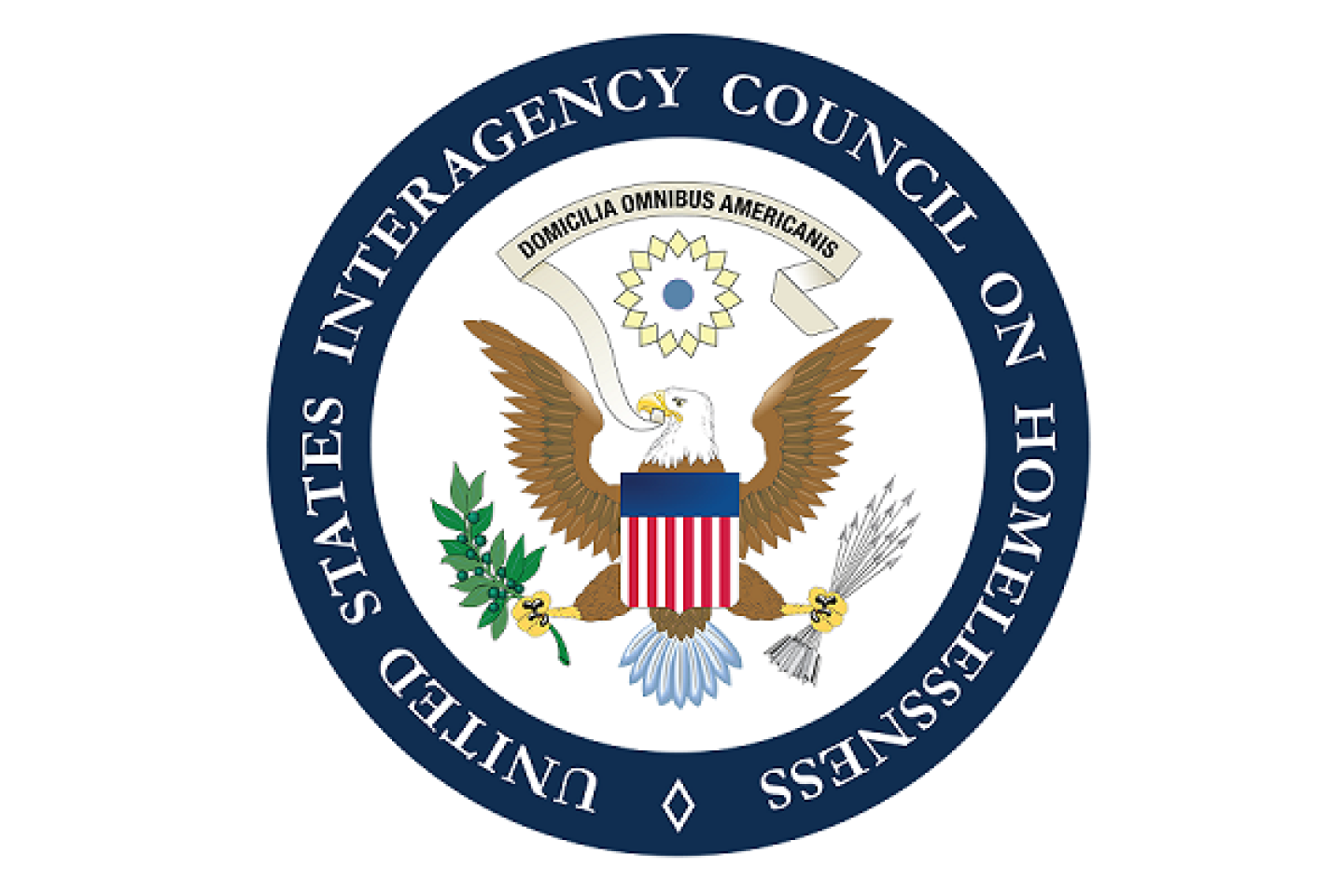COMMUNITY SPOTLIGHT: Engaging Encampment Residents in Solutions
This is part of a series on alternatives to criminalization that are humanely and effectively helping people move off streets and into homes. Read other alternatives to criminalization at usich.gov/encampments.
In May, the U.S. Interagency Council on Homelessness released 19 Strategies for Communities to Address Encampments Humanely and Effectively. The first strategy urges communities to engage encampment residents in efforts to develop solutions.
When a community is developing (or rethinking) its approach to encampments, it is critical to connect early, often, transparently, and meaningfully with encampment residents, who understand better than any other people which services and outreach approaches work and which do not. Engaging and including people living in encampments in policymaking, planning, and every strategy of encampment response increases their likelihood of receiving the housing, health, and other support necessary to move off the streets and into housing. It is also critical to fairly compensate people who have experienced homelessness for their time and expertise in developing policies and programs.
No community has all the solutions—or the resources to meet every need—but many communities are implementing promising approaches that are showing positive results. One powerful example is Denver, Colorado, where the city’s encampment strategy is informed by the people it is meant to help.
Here’s how Andy Phelps, director of encampment response for the Denver mayor’s office, explains their approach:
People living in encampments face dangerous conditions every day—especially in Denver, where weather can be deadly and difficult to predict. When Mayor Mike Johnston took office last summer, the number of people living unsheltered in Denver had been increasing year over year, and previous enforcement efforts had just moved people from one block to another, particularly in Downtown Denver.
On his first full day in office last year, Mayor Johnston declared a state of emergency for unsheltered homelessness. He set a goal to help 1,000 people move safely indoors and to permanently close the encampments they were living in by December 31, 2023.
The city and county of Denver and our partners surpassed this goal and, to date, have helped more than 1,500 people move off the streets and indoors, with 85% living in housing.
Many strategies have driven our success—rapid deployment of non-congregate shelter options with supportive services, real-time tracking of encampments and shelter availability, and strong community partnerships, to name a few—but the core of it all is how we incorporate feedback from the very people we are helping.
The Denver Department of Housing Stability and the mayor’s office hold regular meetings with people living in encampments and with homeless advocates. The city provides transportation to and from a centrally located meeting space where folks can provide feedback to city decision-makers about our local practices and programs.
These meetings have underscored people’s preference for housing and non-congregate shelter over congregate shelter, as well as the importance of giving people a choice about where they live. Like many cities, Denver has a shortage of affordable housing, so it is critical to have shelter where people want to stay while they await permanent housing. Most people prefer the privacy, stability, and safety of individual, non-congregate units. For this reason, the city does not track congregate shelter availability as part of our “All In Mile High” effort, and instead, we focus on offering and expanding non-congregate shelter and housing. To do this, we have identified a variety of buildings and units that can be acquired quickly and affordably—hotels, tiny homes, and leased apartment units.
Our meetings with people experiencing homelessness also underscore the communities built into encampments. The bonds that exist there are strong, and staying together can take priority over moving inside if it means moving away from one another. Denver respects these communities by bringing on a large enough supply of non-congregate shelter that we can safely move entire encampments inside together in a day.
The Johnston administration is committed to continuing this progress and expects to help another 1,000 people transition out of encampments and safely inside this year.
USICH is looking for effective, innovative, and humane ways communities on the East Coast are implementing one or more of USICH’s 19 encampment strategies. Submissions are due June 14.



